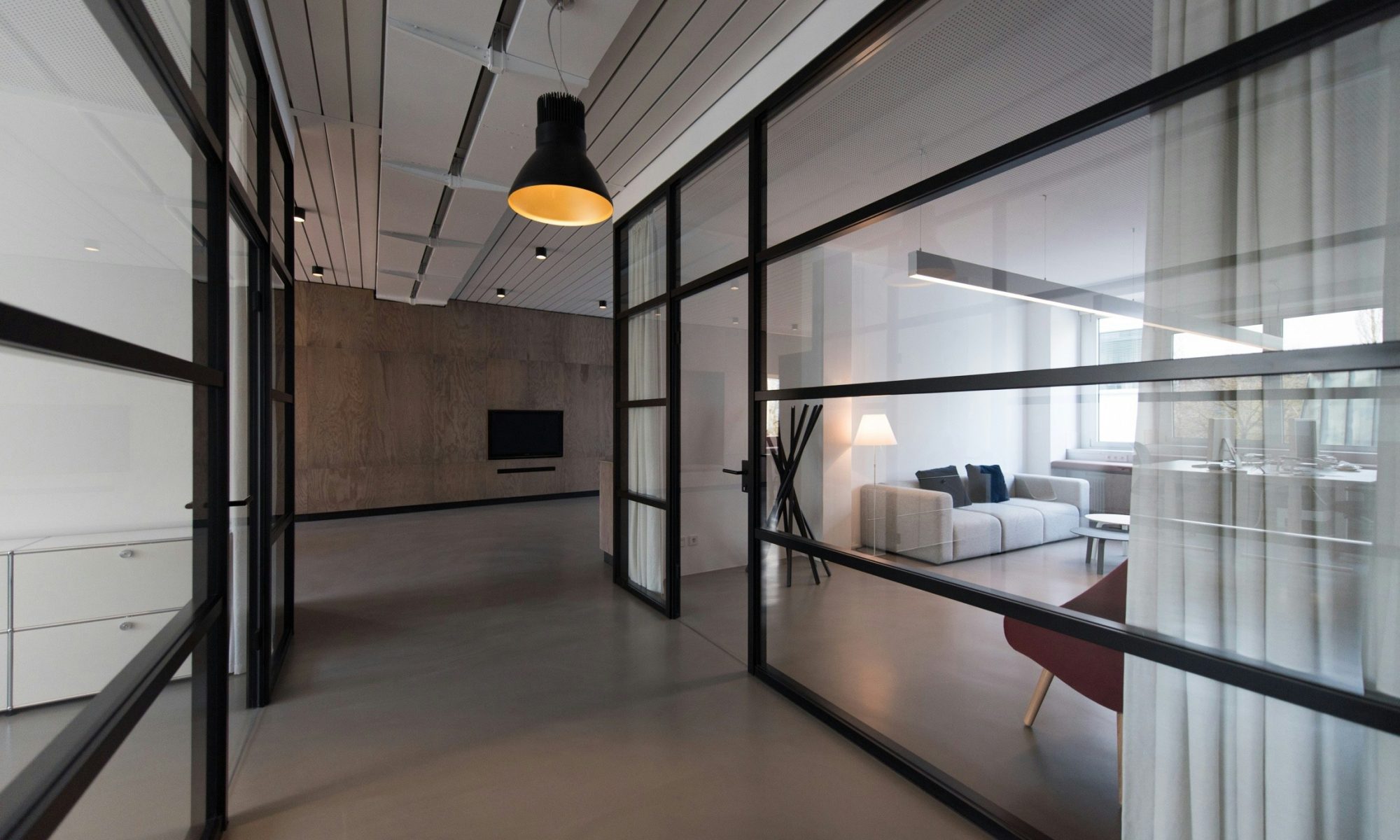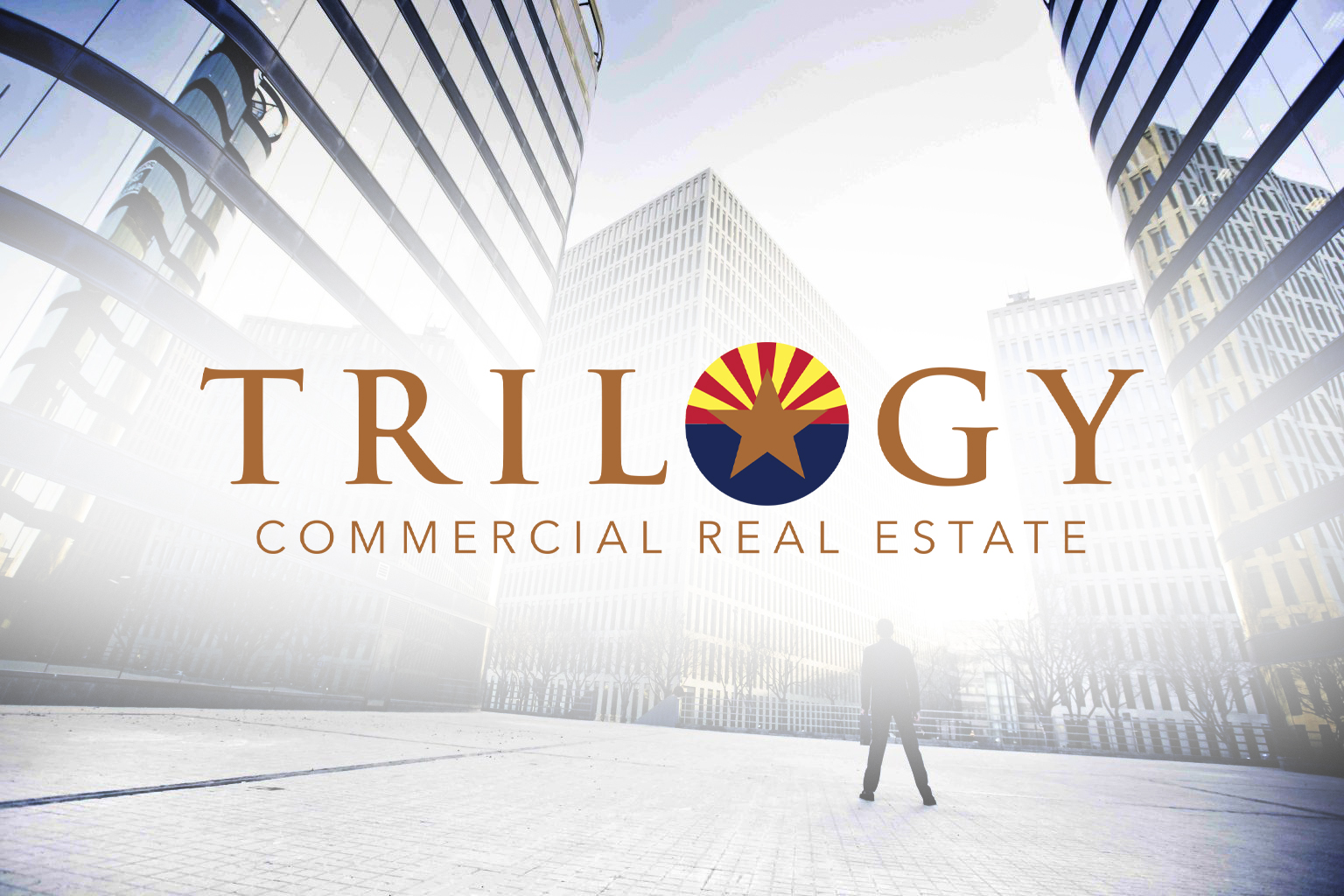In today’s competitive commercial real estate market, landlords seeking to maximize the leasing potential of their properties are turning to spec suites as a strategic solution. Spec suites offer move-in ready spaces designed to meet the diverse needs of modern businesses. To effectively attract prospective tenants to these spaces, landlords must employ targeted strategies that resonate with the evolving demands of the market.
In today’s CRE market, providing flexible, ready-to-occupy spaces can be a game-changer. Click to read: What are spec suites? And how they’re shaking up today’s office market.
By following these proven strategies, landlords can enhance the appeal of their spec suites, expedite the leasing process, and ultimately optimize their property portfolios for maximum profitability.
1. Understand Market Demand:
Before creating a spec suite offering, it’s critical to understand market dynamics and identify demand levels for workspace products, from flex space and spec suites to traditional. Research the local market and consider factors such as location, size, amenities, and target tenant demographics.
Analyze factors such as demand vs. supply of flex space, emerging trends, evolving tenant preferences, and economic headwinds influencing broader the demand for commercial spaces.
Evaluate the specific needs of potential tenants, considering aspects like location preferences, desired square footage, and essential amenities. By gathering data on existing vacancies, absorption rates, and comparable lease transactions, landlords can identify niche opportunities and tailor their spec suites to meet market demand effectively. Additionally, engaging with local businesses, industry associations, and economic development agencies can provide valuable insights into the demand drivers shaping the commercial real estate landscape.
2. Utilize Industry Marketplaces:
In today’s digital age, leveraging online platforms and digital marketing strategies is essential for landlords to effectively showcase their spec suites and reach potential tenants. Partnering with sector specific listing platforms unlock a wider audience of prospects actively searching for commercial spaces and can enhance exposure of your offering significantly. By embracing an industry marketplace, landlords can enhance their online presence, generate leads, and facilitate faster leasing transactions for their spec suites.
When it comes to your listings, invest in professional photography and videography to capture the essence of the space, highlighting key features, finishes, and amenities. Create visually appealing listing materials with detailed descriptions, floor plans, and virtual tours to provide prospective tenants with a comprehensive understanding of the space’s layout and potential uses.
3. Network with Brokers:
Building strong relationships with commercial real estate brokers is instrumental in effectively marketing and leasing spec suites. Brokers serve as valuable intermediaries, connecting landlords with qualified tenants and facilitating lease negotiations. Engage proactively with local brokerage firms and individual brokers specializing in commercial real estate, introducing them to your spec suites and providing them with relevant marketing materials.
Host broker open houses or networking events to showcase the space firsthand and foster relationships with potential tenant representatives. Offer competitive incentives, such as exclusive leasing rights or attractive commission structures, to incentivize brokers to prioritize your spec suites in their client recommendations. By cultivating a network of trusted brokers, landlords can tap into their extensive market knowledge, industry connections, and deal-making expertise to expedite the leasing process and maximize occupancy rates for their spec suites.
Leasing spec suites presents a lucrative opportunity for landlords to capitalize on market demand and optimize their property portfolios. By understanding the unique needs of tenants, investing in high-quality design and amenities, and leveraging spec suites as a competitive advantage, landlords can expedite the leasing process and maximize profitability in today’s dynamic real estate market.
Fill spaces faster and improve net operating income with OfficeSpace.com
Landlords can kickstart their leasing efforts for spec suites by taking advantage of the free listing services offered on OfficeSpace.com.
Showcase your move-in ready spaces to a vast audience of prospective tenants actively searching for commercial real estate in every market across the United States. Tenants can easily discover spec suites that meet their specific criteria, leading to faster leasing transactions. Leveraging OfficeSpace.com’s free listing service empowers landlords to enhance their online presence, attract qualified leads, and ultimately maximize occupancy rates for their spec suites.
Need help managing your spec suite? The Instant Group is here to help.
Now, more than ever before, business leaders are demanding a more agile approach to real estate. The Instant Group is the largest global marketplace for flexible workspace, providing landlords with tenants to fill space, data for flexible space investments, and flex products to improve margins. Learn more at theinstantgroup.com.








